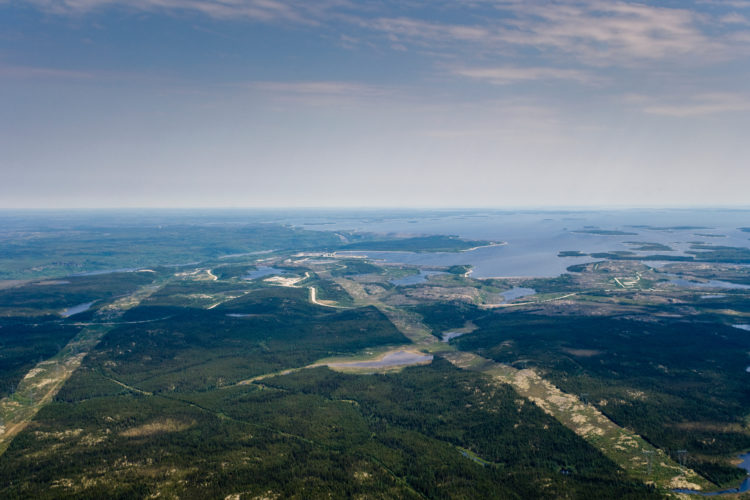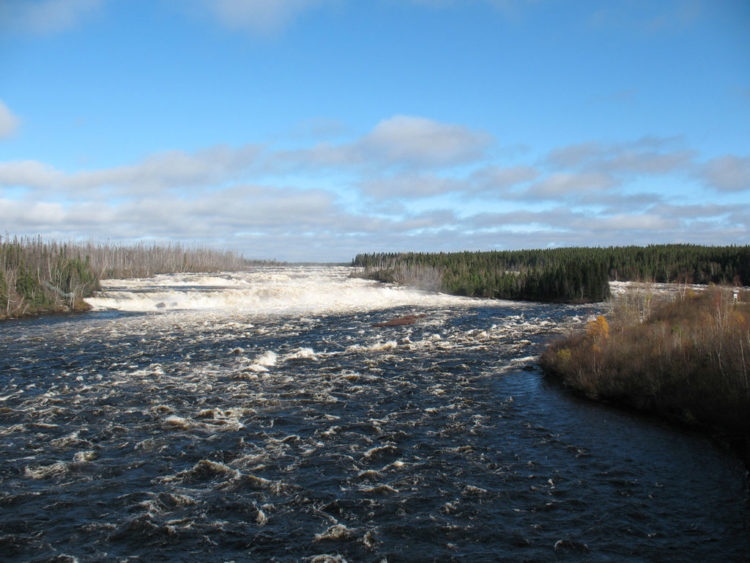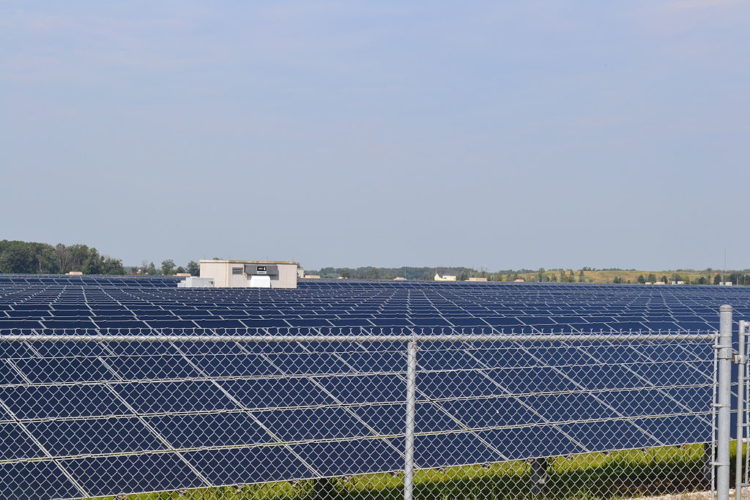
A recent Policy Options article, “Ontario’s deepening hydro mess,” by Mark Winfield, outlines a complicated problem that still needs a lot of fixing. The optimistic solution that keeps getting raised for Ontario’s electricity mess is to rely on imports from Quebec, develop more wind and solar (“new renewables”) with batteries to manage intermittency, and small hydro.
This transition is to happen in a relatively short period of time and is supposed to power Ontario’s modern economy not only as it is now, but with increasing electrification. This oversimplification underestimates the actual difficulties associated with increasing electricity generation from these sources.
When I started working in the Ontario energy sector in 1980, one of the biggest environmental issues with electricity generation was the development of the Quebec James Bay project. The transmission distances were significant. Impacts to the natural environment were major. Somehow, these concerns no longer exist as we consistently hear that Quebec hydro power is the solution to Ontario’s future electricity needs.
Phase 1 of the James Bay project was completed in 1984, with a capacity of 7700MW. It includes one of North America’s largest single hydroelectric power generating sites, the Robert Bourassa dam. After protests and court challenges from environmental groups, the New York Power Authority cancelled further contracts with Hydro-Québec in 1992, which delayed the completion of Phase 2.
Phase 2 was eventually completed in 1994, making the total rated capacity of the James Bay project 15,240 MW, with a total annual generation output of 83 terawatt-hours (TWh) a year. This is in Hydro- Québec’s estimation enough to meet the total electric requirement of an industrialized economy such as Belgium’s.

Ontario’s experience with hydroelectric power is heavily influenced by our knowledge of the Sir Adam Beck generating stations at Niagara Falls, whose unique geography and natural reservoir (Lake Erie and the rest of the upstream Great Lakes) is naturally suited to large hydro power. The James Bay project site was not as amenable and required some significant alterations to the local geography:
- Three main rivers were dammed to build reservoirs on La Grande Rivière.
- The average flow rate in La Grande Rivière was increased (1.7 to 3.3 million litres per second).
- A spillway three times the height of Niagara Falls was blasted out of the bedrock.
- The Cree village of Fort George (population of around 2,400 people) was relocated.
- Mercury released from rotting vegetation due to flooding contaminated fish and resulted in an estimated 10,000 caribou deaths.
- Animal migration paths were permanently altered.
- More than a dozen free-flowing rivers were diverted or dammed, flooding an area one-third the size of Belgium, 11,500 km2 of wilderness (or twice the area of Prince Edward Island).

Compare the size and significant impacts of the James Bay project to the Darlington Nuclear Generating Station, which most people drive by on the 401 east of Toronto without even noticing. Darlington has a generating capacity of just over 3500 MW and a lifetime capacity factor of about 82 per cent, producing a lifetime average 25 terawatt-hours (TWh) a year. The turbine hall covers an area equivalent to six CFL football fields (0.05 km2) and the entire Darlington Nuclear Generating Station site covers an area less than 1 km2 (about 125 football fields).
How about the “new renewables,” wind and solar?
The South Kent Wind farm in Ontario is rated as a 270 MW system consisting of 124 turbines with a rotor diameter of 101 metres and a maximum height of 150 metres. The site covers 275 km2 of farmland, but still allows for farming. Despite its significant size, the project produces only about 0.5 to 0.7 terawatt-hours (TWh) annually.
Ontario’s Sarnia Solar farm is rated at 80 MW and produces, on average, 0.120 terawatt-hours (TWh) a year. The project covers an area of just under 4 km2 (1 km2 of which is panel surface area). To put this in perspective, consider that the City of Toronto used about 23.4 terawatt-hours (TWh) of electricity in 2021. This could be supported by one Darlington Nuclear facility or a solar farm covering more than 725 km2, which is about 100 km2 larger than Toronto itself.
Of course, as wind and solar energy production vary hour to hour and throughout the year, electricity storage capable of meeting the needs of the city for days and even weeks would be required, which is currently a technical impossibility.

In addition, wind, solar and batteries also require significantly higher amounts of critical metals and materials as compared to nuclear generation.
Also, the price paid per kWh for these renewable projects is 1.5 to 5 times greater than the price paid for Darlington electricity, yet we constantly hear how inexpensive new renewable energy is. Adding storage, an unknown, only increases these costs.
Energy efficiency has and will continue to be a great resource, and while renewables will play an increasing role in Ontario’s energy future, they are only a part of the solution. On their own, they cannot alleviate the province’s current and future needs for reliable and affordable high-density low carbon electricity supply systems that is required. Fortunately, Ontario has a long and very successful history with nuclear power, which today reliably supplies almost 60 per cent of the province’s annual electricity needs.







